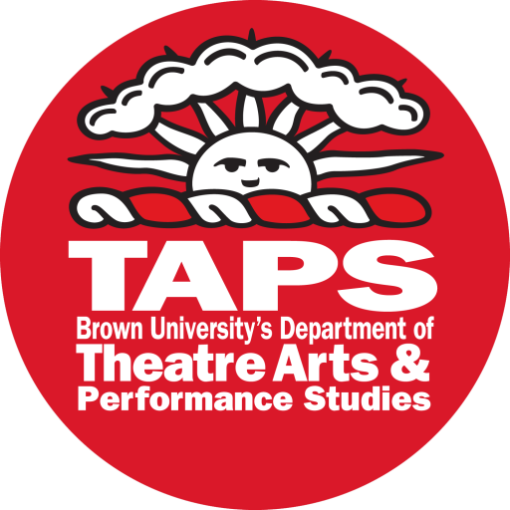March 10, 2016
Lyman Hall, Room 211
Intimate Relations: What Makes Performance Queer? What Makes Queer Performative?
The talk introduced Amelia Jones’ new book project, in which she presents a historiography of the terms and concepts of “performativity” and “queer” in order to come to a more full and critically nuanced understanding of the confluence of queer and the performative in contemporary art and performance discourse.
The talk focused on the etymology of “perform” and its related terms as the notion of performativity and social performance came to the fore in the 1950s and following in the work of J.L. Austin, Erving Goffman, John Searle, and in poststructuralist philosophy and queer theory. In the talk she also gave a brief overview of the history of “queer” as a term of sexual identification and as a concept through which a radicalized sexual subjectivity is defined, performed, and explored.
Amelia Jones, Robert A. Day Professor of Art and Design and Vice Dean of Critical Studies at USC, is known as a feminist art historian, a scholar of performance studies, and a curator. Dr. Jones previously taught at McGill University (Montreal), University of Manchester (UK) and University of California, Riverside. Her recent publications include major essays on Marina Abramović (in TDR), books and essays on feminist art and curating (including the edited volume Feminism and Visual Culture Reader (new edition 2010)), and on performance art histories. Her book, Self Image: Technology, Representation, and the Contemporary Subject (2006) was followed in 2012 by Seeing Differently: A History and Theory of Identification and the Visual Arts and her major volume, Perform Repeat Record: Live Art in History, co-edited with Adrian Heathfield. Her exhibition Material Traces: Time and the Gesture in Contemporary Art took place in 2013 in Montreal and her edited volume Sexuality was released in 2014 in the Whitechapel “Documents” series. Her new projects address the confluence of “queer,” “feminist,” and “performance” in relation to the visual arts.


